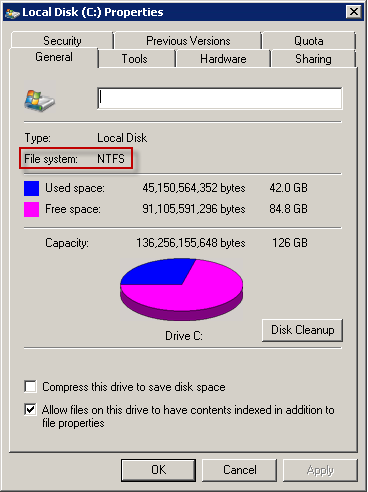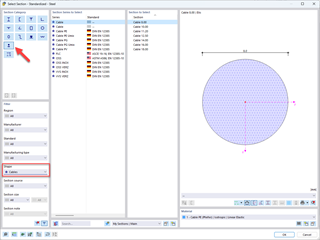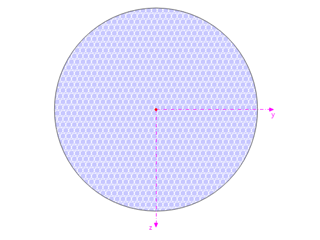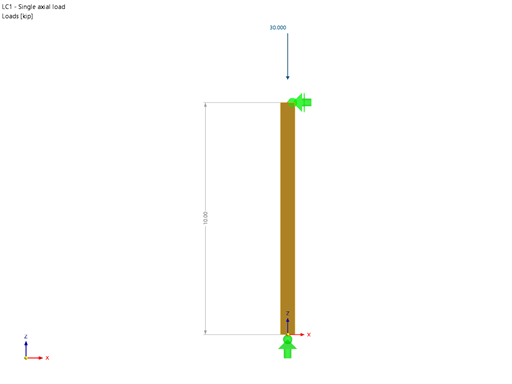In RFEM and RSTAB, the data of a model are saved in a single file. The advantage is that this results in easier handling. It is sufficient to copy just this one file containing all the necessary data. If results are available, the file may become very large and difficult to handle. Under certain circumstances, handling this large file may lead to problems. To explain this, we need to look at the technical background of this issue.
Data on a data medium are always organized by means of a file system. A file system represents the order of files on a data medium. Each file system has technical limits regarding the size of the drives to be managed, as well as the file size. The current file systems for Windows computers is NTFS. The limits of this file system are far beyond the range of what is technically relevant today.
However, there are also other common file systems available. They are used by more than real hard drives. SD memory cards for cameras, for example, mostly use the FAT32 file system. If you plug a new USB flash drive into a Windows computer, you can format it using NTFS or FAT32. In addition to the file systems that are most common in Windows computers, there is an entire range of other systems. The "old" FAT file systems have technical limitations that can, in fact, be reached. Thus, the maximum size of a file may not be greater than 2 GB for FAT16 and 4 GB for FAT32. These file sizes can be reached in extensive RFEM calculations. The increasingly popular NAS (Network Attached Storage) file system also has its limits.
How can we identify these problems? A typical scenario is this: A file with results is saved. When you reopen it, however, all the results are gone. In this case, it is worth taking a look at the file system used by your hard drive.





































.png?mw=350&hash=1c031608c18b5a867799b52552d26586745de8ac)












